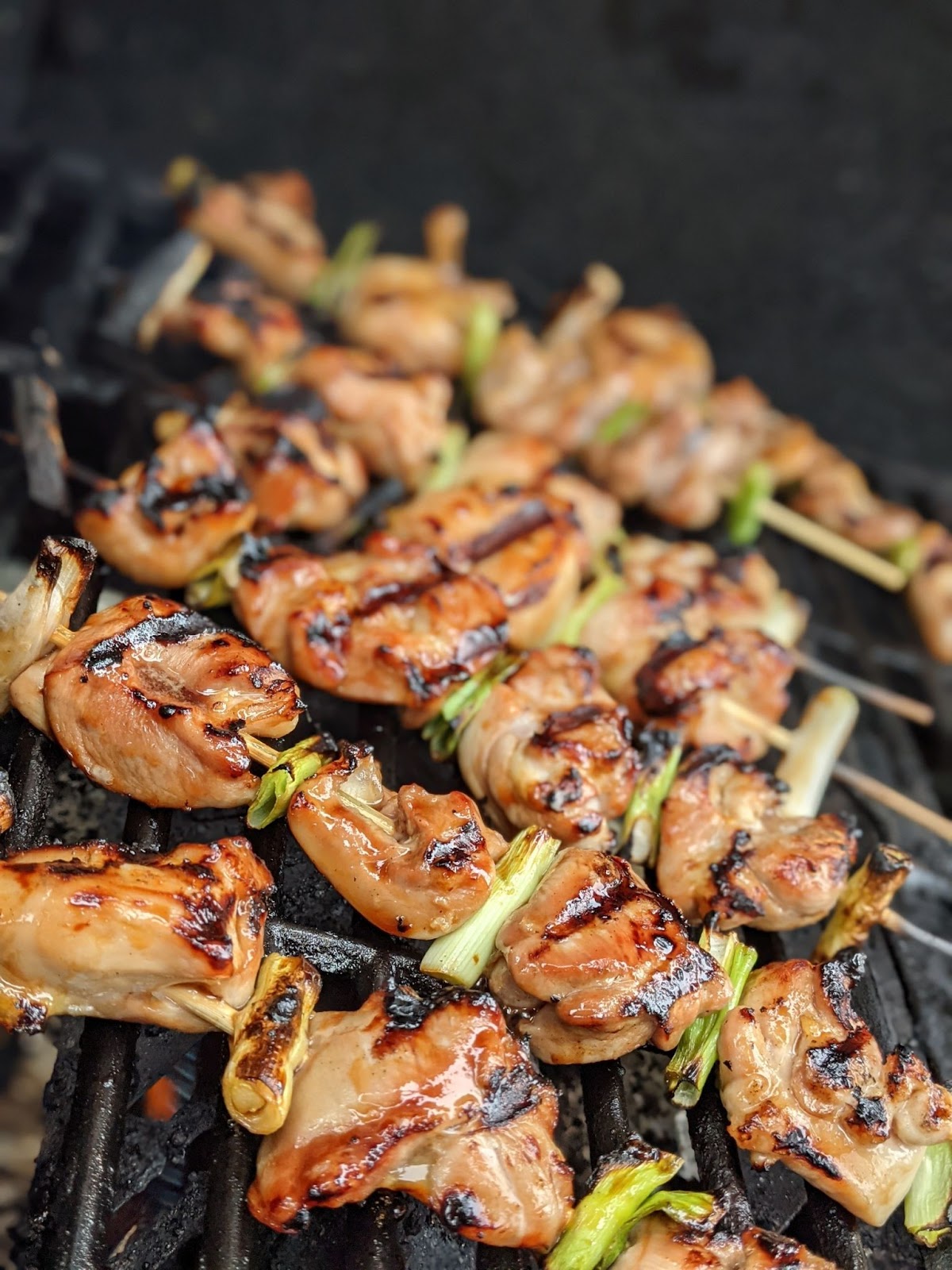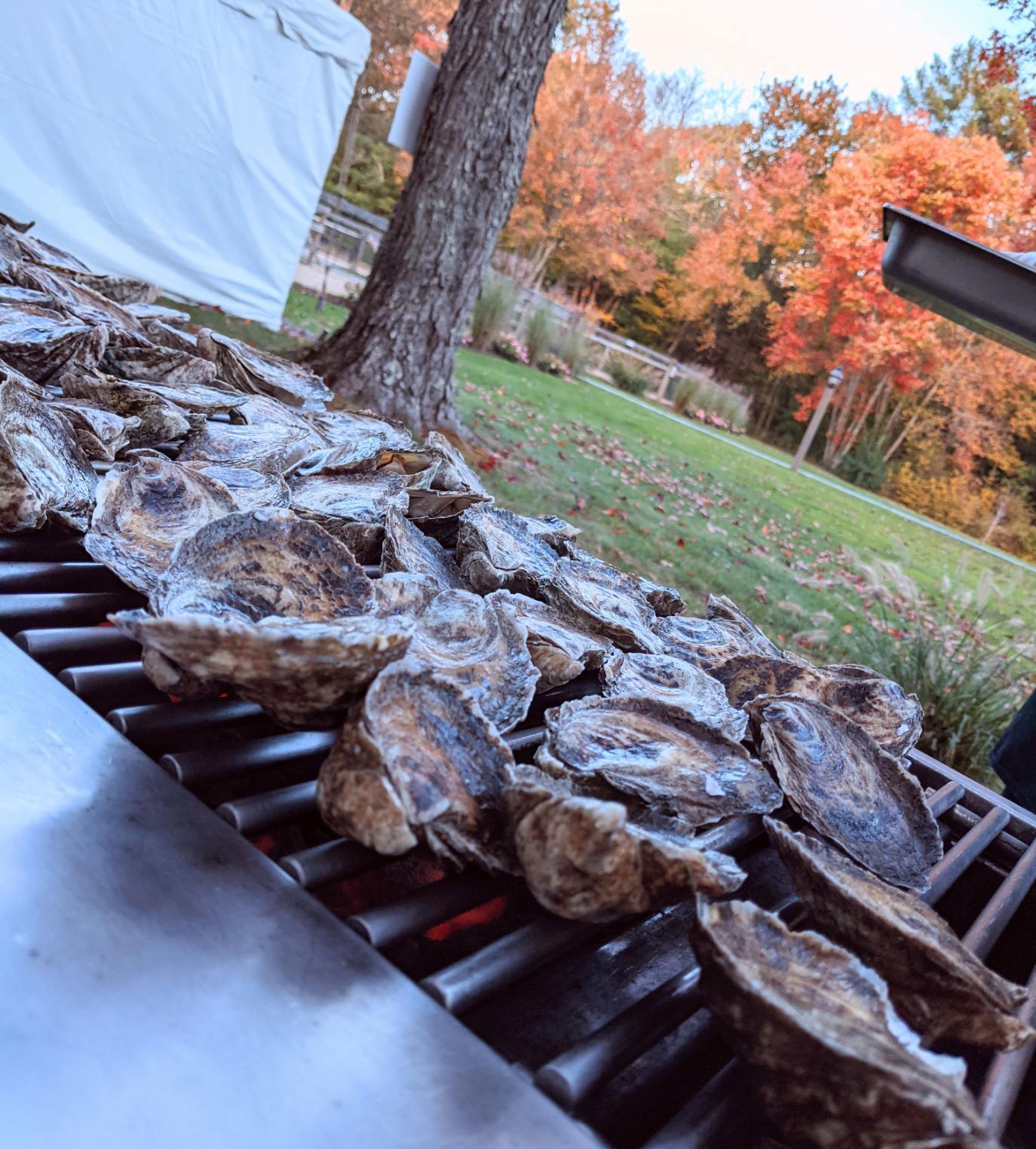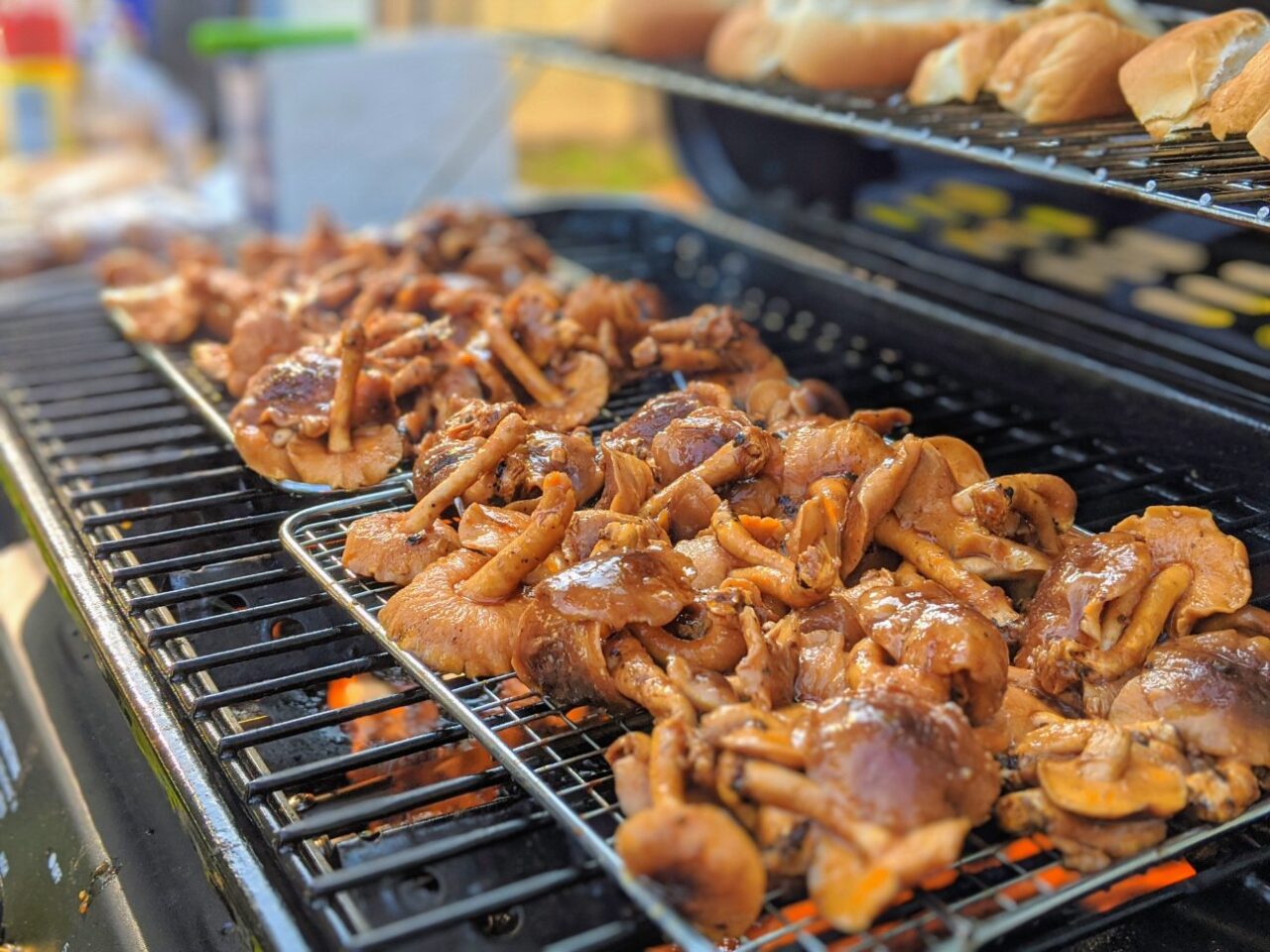Picture this: a hot summer day cools down and happy hour begins. You have some steak and vegetable kebabs seasoned and ready to cook for the squad. There’s a certain confidence that comes with working the grill, but not everyone is born with an understanding of the nuance of good grilling.
There’s a simplicity and satisfaction to cooking with a breathing fire, live coals or even some got-dang propane. Summer grilling is one of those nostalgic experiences that brings together friends, families, and even communities!
If you’re in Japan, the grills burn fiery-hot white charcoal, and at some traditional restaurants, most products are never even touched by a grilling surface. Skewers of all varieties are slowly rotated and cooked while brushed by a flavorful soy-based ‘tare’ sauce. ‘Tare’ means barbeque and plays into the word for skewered ‘Yakitori’. Check out my ‘Izakaya Grilling Guide’ on ForgetoTable.com/blog if you’re interested in learning more about this style of grilling.

There are some chefs who swear by open-fire or open-ember grilling where the fire is the star. I recently ate at a James Beard Award-winning restaurant, The Dabney, in Washinton DC, where chef Jeremiah Langhorne crafts all kinds of southern-inspired fare over open embers and hearth. Cooks carry fans to feed the flames more oxygen when the embers cool down, and use the live flame to get a hard sear on locally-raised lamb loin while using the smoke to gently cook scallop-stuffed morel mushrooms.
For the majority of us that aren’t James Beard-awarded chefs at home or traveling to Japan, there’s usually charcoal grilling or propane grilling. Debates over which one is superior usually come down to what you’re trying to cook and how much time you want to spend cooking it.
Propane and natural gas burn relatively cleanly, while solid fuel like charcoal produces a cocktail of flavor compounds, which can land on food and give it a smokier flavor. But this smoky flavor takes time and makes sense for low and slow items like ribs or whole chickens. For quick-cooking food like fish, vegetables or hamburgers, it isn’t quite necessary and doesn’t impact the flavor much, if at all.
I use a propane-burning grill because it’s the most convenient for me to crack a cold one, light up the grill, cook, eat and clean up. Mad respect to those who swear by the coals, though! (Please still invite me to your barbeque!)
It’s important to have the right setup when grilling, meaning – have all the tools and ingredients that might not be listed on your Bon Apetit recipe printout. Essentials include tongs, non-stick cooking spray, dry cloth towels or oven mitts, a grill scraper, a thermometer (better safe than undercooked) and a clean platter or cutting board for cooked food.
Delicious and successful grilling can be broken down into three key elements: heat, fat and seasoning.
Before cooking, it is vital to preheat your grill. Place all burners on high heat and close the grill lid for at least 10 – 15 minutes. The grill will get ripping hot, burn away any grease or sediment stuck on the grill grates and make cleaning the grill much more pleasant.
Whether cooking over direct heat or indirect heat, try to keep the lid closed as much as possible. This concentrates the heat when searing foods like steak or tofu and keeps the temperature steady. This will make sure everything is cooked through at relatively the same time. Nobody likes medium-well chicken.
With the lid on, the temperatures above the flames soar into the 600–650°F range. Grilled oysters are one of the easiest to make on the grill since they just pop right open– especially served with garlic lemon butter.

Fat is the key to making sure that your food gets a beautiful brown crust versus a dry black char. Fat like non-stick cooking spray, olive oil, or even bacon fat helps create a barrier to protect whatever is cooking and helps the heat transfer more evenly.
Some foods need more help in the fat department than others. Chances are, your NY strip steak only needs a few seconds of grill spray to lube it up enough before the grill, compared to some vegetable kebabs that might need a modest dousing in extra virgin olive oil. If you’re just starting to get the hang of grilling, I recommend following some recipes to get comfortable.
What is a piece of grilled meat or vegetables without any seasoning? Any barbeque master will always have a variety of rubs for any application, some being as straightforward as salt and black pepper. I moderately season my food before grilling, As some is bound to fall off between the grates or burn away, I usually season again once it’s off the grill, to taste. You can always add seasoning, but you can’t take it away.

Marinades are also a powerful tool to add flavor if you plan a few hours ahead of time. I love large shiitake mushroom caps marinaded in soy sauce, sriracha, a pinch of sugar, vegetable oil and a splash of sake before lightly charring on the grill. Chopped parsley, cilantro, garlic, a splash of lemon juice, extra virgin olive oil, salt and pepper make a classic herb marinade for chicken, skirt steak or tofu. If you don’t want to get too cheffy, quality Italian salad dressing makes an incredible all-purpose marinade for chicken, vegetables, pork chops or shrimp skewers.
Never forget, every grill daddy was once just a grill baby. Start simple and cook what you enjoy eating. Now get your playlist ready and let the good times roll off the flames!
The post Grill Daddy Summer: The basics appeared first on Motif.
